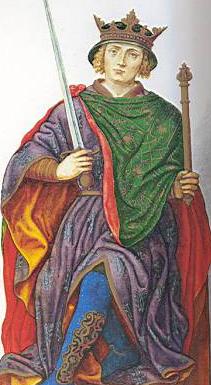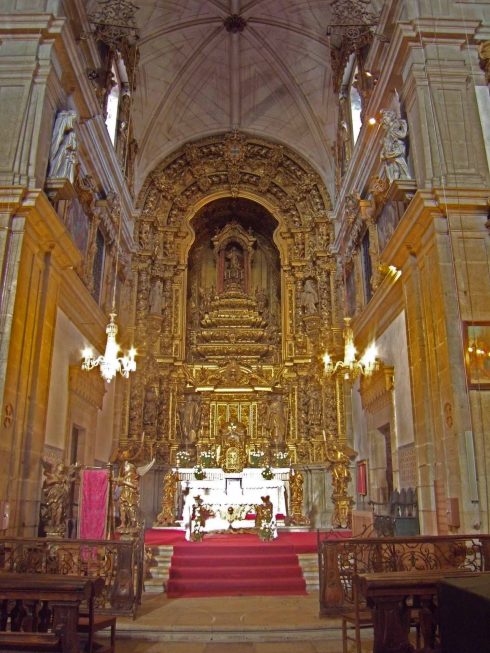St. Mafalda of Portugal: Two sisters of this medieval princess were also saints

Henry I of Castille, the son of Alfonsus VIII called the Noble. His marriage to St. Mafalda was annulled.
As religious observance had become greatly relaxed, she induced the community to adopt the Cistercian rule. Her own life was one of extreme austerity. The whole of the large income bestowed upon her by her father was devoted to pious and charitable uses. She restored the cathedral of Oporto, founded a hostel for pilgrims, erected a bridge over the Talmeda and built an institution for the support of twelve widows at Arouca. When she felt that her last hour was approaching she directed, according to a common medieval practice, that she should be laid on ashes. Her last words were, “Lord, I hope in thee.” Her body after death shone with a wonderful radiance, and when it was exposed in 1617 it is said to have been as flexible and fresh as though the holy woman had only just died. Mafalda’s cultus was confirmed in 1793.
[A notice of Mafalda, compiled mainly from late Cistercian sources, will be found in the appendix to the first volume for May in the Acta Sanctorum. An account of her, with her sisters Saints Teresa and Sancha, is also contained in Portugal glorioso e ilustrado, etc. by J. P. Bayao (1727).]
Butler’s Lives of the Saints, Herbert Thurston, S.J., and Donald Attwater, eds. (New York: P. J. Kenedy & Sons, 1956), Vol. II, pp. 219-220.
Related:
http://catholicsaints.info/blessed-mafalda-of-portugal/
___________________
Nobility.org comment:
The mission of the the nobility is to “set the tone,” to give good example and lead in society.
St. Mafalda and her sisters, together with countless other members of the nobility in medieval times did just this. They gave good example.
Is it surprising then that the Middle Ages are known as the “golden age of faith?”
But when the nobility and analogous traditional elites shirk this duty or worse, give bad example, society enters a period of moral decadence.
What label will our days today receive from posterity, centuries from now?
Will it be “the age of apostasy?”
Roman pagan times were not that pretty either, but noble souls like St. Cecilia led the way for change.
Will members of the nobility and analogous traditional elites today follow the example of Saints Cecilia and Mafalda and lead society in the ways of moral rehabilitation?
St. Mafalda and her sisters, together with countless other members of the nobility in medieval times did just this. They gave good example.
Is it surprising then that the Middle Ages are known as the “golden age of faith?”
But when the nobility and analogous traditional elites shirk this duty or worse, give bad example, society enters a period of moral decadence.
What label will our days today receive from posterity, centuries from now?
Will it be “the age of apostasy?”
Roman pagan times were not that pretty either, but noble souls like St. Cecilia led the way for change.
Will members of the nobility and analogous traditional elites today follow the example of Saints Cecilia and Mafalda and lead society in the ways of moral rehabilitation?

